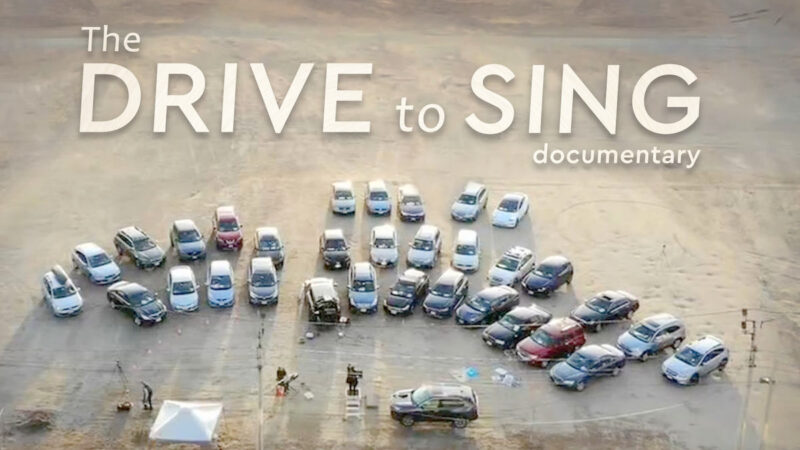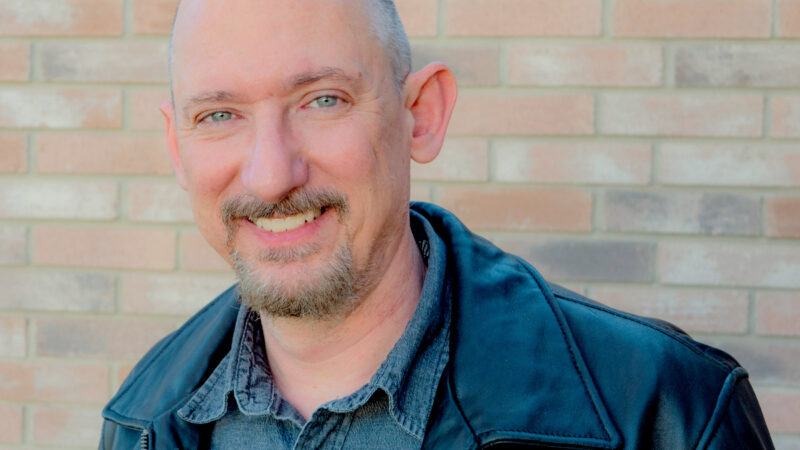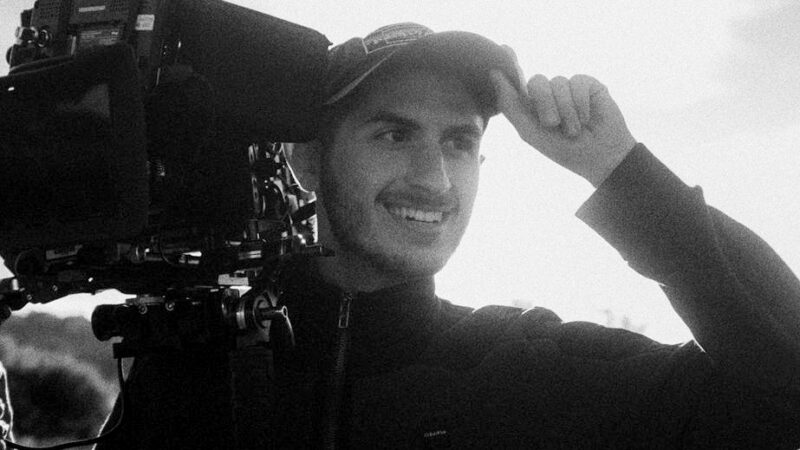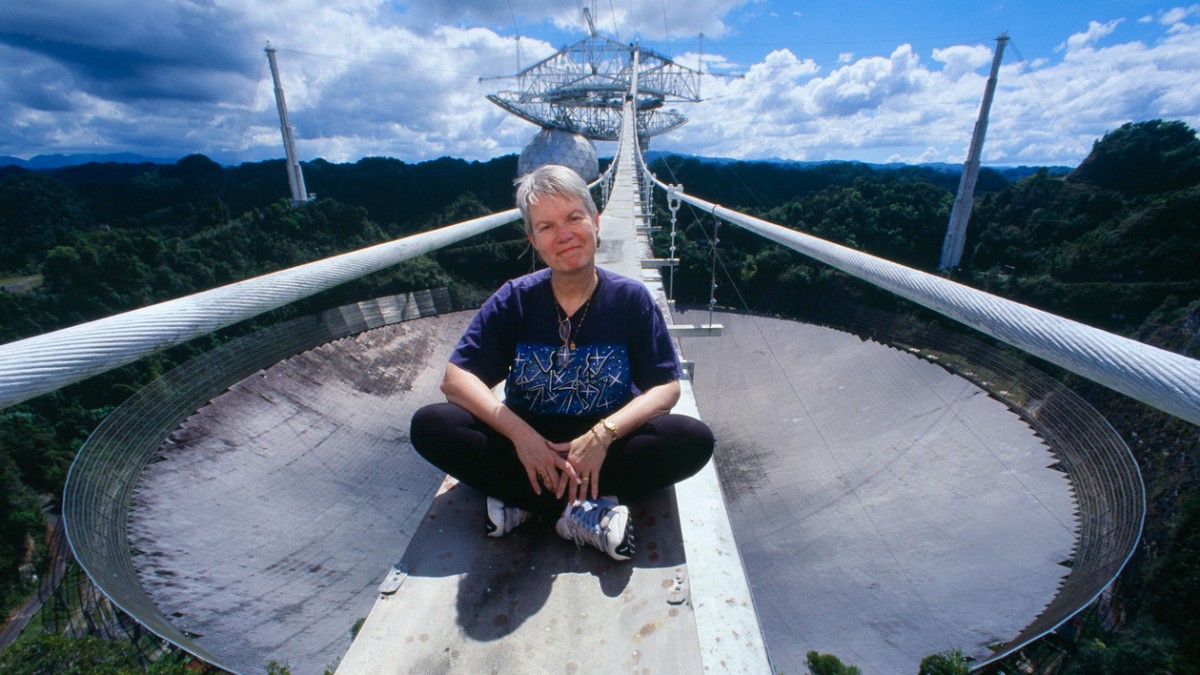
A Case Study
Narrative | Dramatic Features
Film Name: A Life’s Work
Genre: Documentary
Date: October 2020
Director: David Licata
Producer: William Doherty & David Licata
Cinematographer: Andy Bowley & Wolfgang Held
Production Company: Happy Sisyphus Productions
Budget: $89,000
Financing: Grants from the Puffin Foundation, the Yip Harburg Foundation, Indiegogo fundraiser, and self.
Shooting Format: SD, HD, archival
World Premiere: Kansas International Film Festival
Awards:
– Best Documentary Feature, Eastern Oregon Film Festival;
– Best Subject, Documentary Feature, Global Nonviolent Film Festival
Website
indieactivity: Tell us about “who you are”?
David Licata (DL): I’m David Licata. I’m a filmmaker and a writer of fiction and nonfiction. I live on the Upper West Side of New York City.
Introduce your film?
David Licata (DL): A Life’s Work is a documentary that asks the question. What’s it like to dedicate your life to work that won’t be completed in your lifetime?
The film focuses on four projects and the people behind them in an effort to answer this universal question. The subjects are: Jill Tarter, astronomer and Director of the SETI Institute, who has been involved in the scientific search for extraterrestrial intelligence since the 1970s and who was the basis for the Ellie Arroway character in Carl Sagan’s science fiction novel, Contact;
David and Jared Milarch, father and son tree farmers and co-founders of the Champion Tree Project (recently renamed Archangel Ancient Tree Archive), who clone old-growth trees to combat climate change; gospel music archivist Robert Darden, a journalism professor at Baylor University who founded the Black Gospel Music Restoration Project, an organization that is trying to identify, preserve, digitize, and catalog all of the most at-risk recordings from the black gospel music tradition;
Paolo Soleri, controversial architect behind Arcosanti, a town designed to test his theories about housing an overpopulated planet while also preserving, and nurturing, the natural environment; and Jeff Stein, AIA, Soleri’s mentee at Arcosanti in the 1970s and his successor after his death in 2013. Fittingly, the film begins with Soleri and ends with Stein ruminating about his mentor and what it means to carry on a legacy.
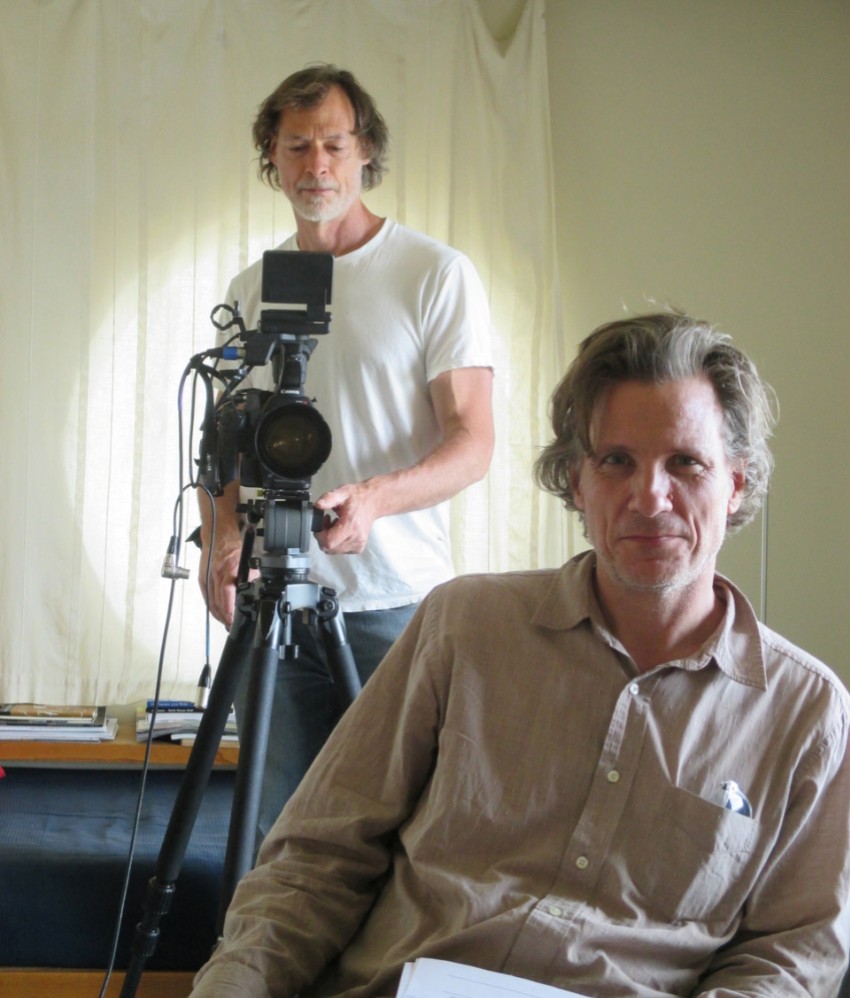
Tell us why you chose to write, produce, direct, shoot, cut/edit the movie? Was it financial, chance, or no-budget reason?
David Licata (DL): I began editing the film myself for financial reasons, but I knew I wasn’t doing the idea and the footage justice. I hired an editor, Cabot Philbrick, to edit a 30-minute sample of the film, and he really brought my ideas into focus. Unfortunately, I couldn’t afford to hire Cabot to edit the full film, but I used his work as a template. Without his help, this film would have been a mess?
Introduce your crew?
David Licata (DL): Over the 12 years of the shoot, two cinematographers, Andy Bowley and Wolfgang Held, coincidentally shot the same amount of footage each, about 50 hours, and the difference between them was something like 10 minutes. It’s because of the two of them that the film began and kept going. Wolfgang and I had worked on my previous film, Tango Octogenario, and when I shared the idea with him, he was intrigued and said he’d love to be involved. Andy’s enthusiasm for and positivity in the project sustained me and gave me the confidence to keep going, even after we finished production, maybe especially after production. Without them, I may have never finished shooting.
What are your personal experiences putting on all these hats/responsibilities (simultaneously)? Tell us about story, writing, and production?
David Licata (DL): Wearing so many hats was frustrating, and I often wished I had an assistant. But just as often wearing all those hats was a valuable learning experience. I was forced to communicate deeply and personally with so many people, and so many different kinds of people–academics, farmers, geneticists, astronomers, architects, city planners, record collectors, DJs, antiquities experts, students, ministers, singers, to name a few. I learned a lot from each of them about their particular fields, and I learned a lot about how to talk with all kinds of people.
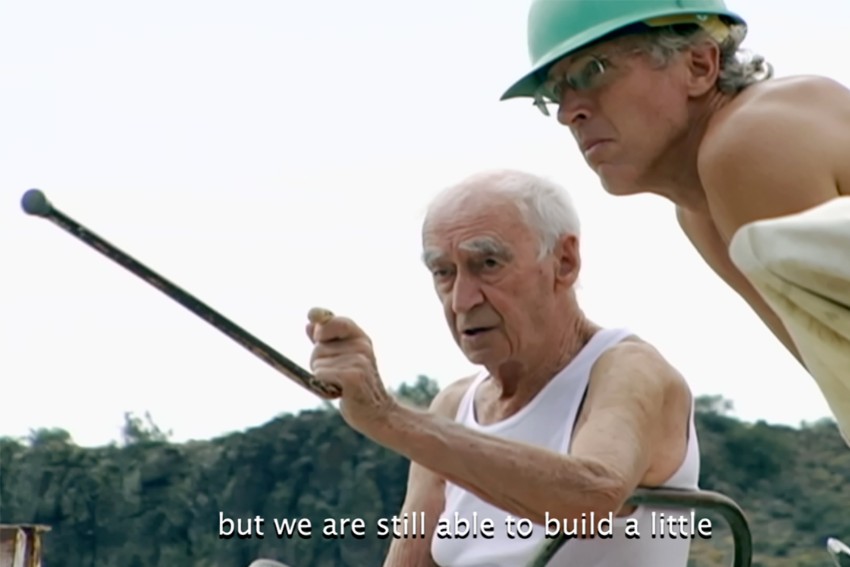
What is the source of the idea? How did the story develop from the idea? And how did the story evolve into a screenplay? Why do this story? Do you have a writing process?
David Licata (DL): Two events inspired A Life’s Work, events that occurred 34 years apart. When I was nine I was told that medieval cathedrals took hundreds of years to construct, that their architects would not see them completed, that generations of stonemasons would work on them. This made quite an impression. To this day whenever I see a cathedral, I become that awestruck nine-year-old. After completing my previous film I decided I wanted to make a documentary. I had several ideas and was researching them. In 2004 my mother died. Sometime during my grief, this time of sorrow and contemplation about purpose and legacy, I thought about the cathedrals and the idea for A Life’s Work was born. The film’s personal, deep emotional roots will, I believe, contribute immeasurably to its power and make it a unique film.
Let’s talk pre-production: take us through a timeline of how you started and ended it?
David Licata (DL): I became excited by the idea in 2004, Wolfgang and I began shooting in 2005, Andy and I shot the final interview in 2017. I spent 2017 to 2019 editing and fundraising for post-production. The film was completed in 2020.
You shot the film in days. How long were your days?
DL: We had about 30 shoot days, on average, 8-hour days per shoot day. I don’t like to work long days, and I don’t expect anyone else to.
Did the tight shooting schedule make it harder or easier? How did it affect performances?
DL: A Life’s Work didn’t really have a tight shooting schedule. The documentary had only my self-imposed deadlines.
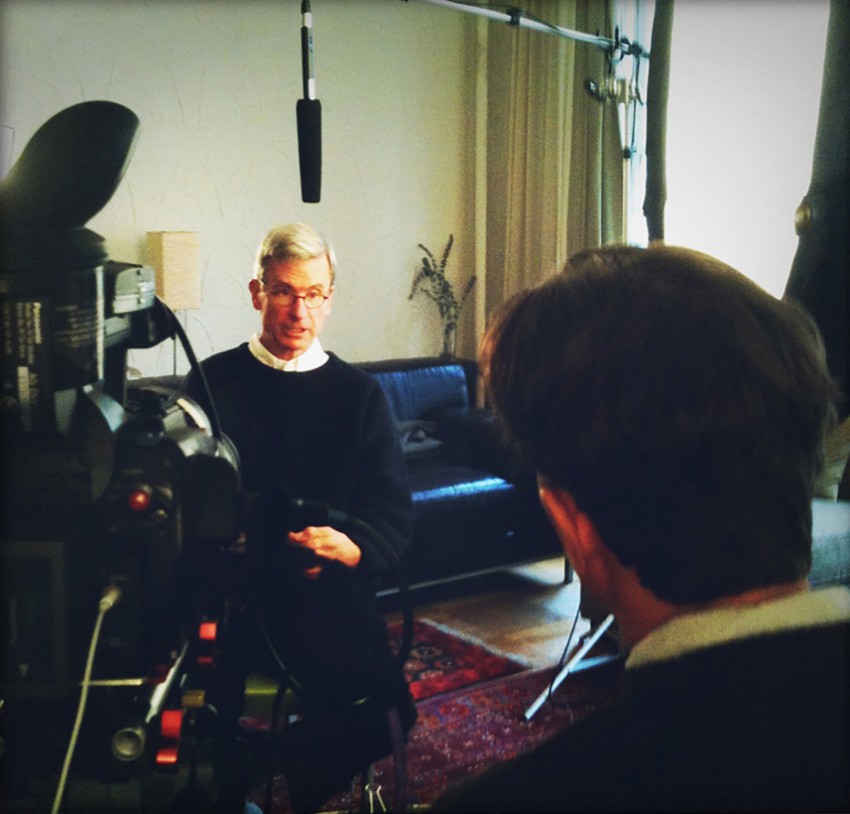
During the film production, what scene (that made the cut) was the hardest to shoot? And why?
DL: The first interview was the most difficult, with the architect Paolo Soleri. The film is about people who will not complete their work in their lifetime, and I had heard from a few people that Soleri became angry when he was asked, “when will Arcosanti be finished?” And yet, I had to ask. I hemmed and hawed, and he shook his head and with an “I knew it” smile on his face, said, “That’s the end of the interview.” We both laughed and he graciously evaded answering and we continued the interview.
What were the advantages and disadvantages of the way you worked?
DL: The disadvantage was how long it took. It felt like an albatross around my neck. The advantage was how long it took. I had a LOT of time to think about the film: the look, the pace, what to shoot, what to ask, how to edit, what was needed, and what was not.
What was the experience like of working with a small shooting crew?
DL: It was very relaxed and very different from the fiction short films I had made. We worked sane hours, often had time for leisurely meals, and enough time to sleep.
The film looks stunning. How did you get such a good look when shooting so fast?
DL: Exceptional cinematographers. Andy and Wolfgang have that gift few people have: they instinctively know (after many years of experience) what to shoot, where to put the camera, and how to light the shot.
When did you form your production company – and what was the original motivation for its formation?
DL: Happy Sisyphus Films is a production company in name only. It is not incorporated.
What was the first project out of the gate?
DL: Paolo Soleri was the first to agree to be in the film, and the first interview was with him, and the first footage was of Arcosanti.
What about independent filmmaking and the business do you still struggle with?
DL: Money, lack thereof.
Where do you think your strengths lie as a filmmaker?
DL: Knowing a good story when I come across it and knowing how to tell it. I started my artistic journey as a writer of fiction and nonfiction (which I still do) and I came to filmmaking relatively late. But all those years of writing was invaluable.
How important is marketing? Talk about the festival tour? Do you think a project can make a dent without it nowadays?
DL: Marketing is very important; without it how would people see your film? I’ve always thought of film festivals as the best marketing tool for an independent film. I think it is a rare independent project that succeeds without showing at film festivals.
Tell us about marketing activities or efforts on this project – and how it worked or didn’t work?
DL: I reached out to organizations and people who were associated with the four topics of the film: architecture, gospel music, astronomy, and arborists. And I reached out to the press that covered those topics, as well as the locales in which we shot. This resulted in a few people wanting to screen it for their organization or their school, and I love doing that just as much as screening at a festival.
I was consistently active on social media. I started a blog in 2009 which now has more than 500 posts related to the film and filmmaking, as well as the fields related to those in the documentary. There is a robust Facebook page dedicated to the film and my personal Instagram account, which has some film-related posts.
My previous film, Tango Octogenario, took a long, circuitous and bizarre route to the eyes of a programmer for New Directors/New Films, the showcase put on by Lincoln Center and the Museum of Modern Art in New York City. She loved the film and championed it, and the film became part of that program. It was borderline miraculous. A similar series of events happened that resulted in the film being shown on NYC PBS station, WNET. These are very long stories, but the point is you never know how your film will reach people, and cannot foresee who will be its biggest and most influential supporters. Sometimes all the marketing in the world won’t make things like that happen, and sometimes dumb luck will.
What do you hope audiences will get from the presentation of your film?
DL: After watching the film, I hope the viewer recognizes that the path of the subjects in the film is similar to their own, which I hope will prompt them to ask themselves “What will my legacy be?”
What else have you got in the works?
DL: I have a short documentary I’d like to make. The pandemic is trying to make sure the film never gets made.
Tell us what you think of the Case Study for A Life’s Work. What do you think of it? Genre? More genre? Let’s have your comments below and/or on Facebook or Instagram! Or join me on Twitter
MORE STORIES FOR YOU


